
|
  
  
  
  
   
   
|
|
LAST UPDATE: DEC 2015 |
| SPECIFICATIONS | PHOTOGRAPHS (Click on the pictures for an enlarged photo) |
 Overall Length: 129 ft. 5 in Wing Span: 123 ft. 6 in Weight (Empty): 138,300 lbs Max Weight: 189,200 lbs Speed: 440+ kts Ceiling: 41,000 ft. Range: 1,200+ nm (4 hours on station) Power Plant: 2xCFM56-7 High Bypass Turbo-fan engines rated at 120kN each Sensors: - Raytheon AN/APY-10 Surface Search Radar (SAR) - Advanced Airborne Sensor SIGINT package - L3 MX-20HD digital electro-optical/infrared (EO/IR) multi-spectral sensor turret - Northrup Gruman electronic warfare self-protection (EWSP) - Northrup Gruman Terma AN/ALQ-213(V) electronic warfare management system (EWMS) - Northrop Grumman directional infrared countermeasures system (DIRCM) - BAE Systems countermeasures dispenser system - Northrup Gruman radar warning system - EDO rotary sonobuoy launcher Crew: Nine; two pilots, seven mission specialists Armament: - Mk-54 Torpedoes - SLAM-ER Missiles - Mines - 5 intenral, 6 external attach points - (Future) AIM-9X Sidewinder Missile P-8A Poseidon Boeing has delivered 28 P-8A Poseidon Multi-Mission Maritime Aircraft (MMA) production aircraft to the US Navy as of december 2015. The aircraft are in full production at Boeing and contracts have already been signed for over 50 aircraft. Ultimately the US Navy will acquitre 122 aircraft to replace its aging P-3C Orion fleet. The P-8A is the US Navy's long anticipted replacement for the P-3C Orion Anti-Submarine Warfre (ASW) aircraft. It is being built by Boeing and is based on a new build, militarized version of their production 737-800ER commerial airliner. The P-8A Poseidon is a long-range anti-submarine warfare, anti-surface warfare, intelligence, surveillance and reconnaissance aircraft. It possesses an advanced mission system that ensures maximum interoperability into the future battle space. It is fully capable of broad-area maritime, and littoral operations.
History: Boeing and Lockheed Martin were part of a new competition for a replacement aircraft begun in 2000. Lockheed submitted the Orion 21, an updated, new-build version of the P-3 turboprop. Boeing submitted a proposal centered around its 737-800 airliner. BAE Systems offered a new-build version of the Nimrod MRA4, the newest version of the UK's indigenous jet-powered maritime patrol aircraft. However, BAE withdrew from the competition in October 2002, recognizing the political reality that its failure to locateand team with a US-based production partner made the bid unrealistic. On 14 May 2004, Boeing was selected winner of the competition. The following month the Navy awarded Boeing a development contract for MMA. The project was planned to be for at least 108 airframes for the U.S. Navy. More orders are possible from the other nations operating over 200 P-3s. Project value is expected to be worth at least $15 billion. Raytheon, Northrop Grumman, Spirit AeroSystems, GE Aviation Systems, Marshall Aerospace, CFMI, BAE Systems, and Marotta are major subcontractors. Boeing initially constructed a 737 BBJ2 (Boeing Business Jet) technology demonstrator aircraft to demonstrate the aircraft and on-board systems capabilities. Two functional mission system consoles were installed on the aircraft. In December 2003, the aircraft completed a tour of US Navy bases and Naval Air Stations in Brunswick, Maine, Jacksonville, Florida, Norfolk, Virginia, Kaneohe, Hawaii, and Whidbey Island, Washington. In July 2004 the U.S. Navy placed an order for five MMA aircraft. The first flight-test aircraft was delivered in 2009. The first test aircraft, has since been converted to production standards. Boeing's MMA aircraft received the P-8A designation on 30 March 2005.
Design and Testing: In mid-2008, the Naval Air Systems Command (NAVAIR) deleted the requirement for the P-8A to be equipped with magnetic anomaly detection (MAD) equipment. This was part of a NAVAIR-directed effort to reduce P-8A aircraft weight by 3,500 lb (1,600 kg) to improve aircraft range and endurance. P-8Is destined for the Indian Navy will continue to retain MAD. The P-8A will use a new hydrocarbon sensor to detect fuel vapors from diesel submarines and other conventionally powered ships. The P-8's first flight occurred on 25 April 2009. The first mission systems test flight of T2 was successfully completed in June 2010. The second and third P-8s have flown and begun flight testing by early August 2010. On 11 August 2010, the US DoD approved the P-8 for low-rate production. A P-8 deployed sonobuoys for the first time on 15 October 2010, dropping six sonobuoys in three separate low altitude passes. Full-scale static testing on the airframe of the first ground-test vehicle S1 was completed in January 2011. Later in 2011, it was found that the ice detection system on the P-8 was defective due to the use of several counterfeit components. It is alleged that these sub-standard parts had been poorly refurbished and sold to P-8 subcontractor BAE Systems as new by a supplier in China. The equipment has since been corrected and/or resourced. The fatigue tests on second ground-test vehicle S2 began in late 2011. In January 2011, the US Navy placed a $1.6bn low-rate initial production (LRIP) contract for six P-8A aircraft. The contract also included provision of spare parts, logistics and training devices.
US Navy Operational History: The first production squadron of aircraft made their debut military deployment on November 29, 2013 when six aircraft and twelve air crews of squadron VP-16 departed their home base at NAS Jacksonville, Florida, for Kadena Air Base in Okinawa, Japan and forward deployed to the U.S. Pacific Fleet. A second US Navy squadron, VP-5, completed transition to the P-8 in 2013 with its inital oversea deployment deployment of P-8 aircraft in mid-2014. A third squadron, VP-45, completed its transition to the P-8A in late 2014. On August, 19, 2014, a People's Republic of China J-11 fighter aircraft came within 30 feet of a P-8A 135 miles east of Hainan Island as the aircraft patrolled there in international airspace. The J-11 flew past the P-8's nose and performed a barrel roll at close proximity. The U.S. sent a diplomatic note to China protesting the agressive behavior by the commander of the Chinese fighter group. During mid-2014, two P-8s were dispatched to Perth, Australia for two months as part of an international search for the missing Malaysia Airlines Flight 370.
Foreign Sales: INDIA: In January 2008, Boeing proposed a P-8I export variant of the P-8A, for the Indian Navy. The P-8I variant features a Telephonics APS-143 OceanEye aft radar and a magnetic anomaly detector (MAD) which are not included in the US fit out of the aircraft. On January 4, 2009, India signed an agreement with Boeing for the supply of eight P-8Is at a cost of US$2.1 billion. These aircraft will replace Indian Navy's aging Tupolev Tu-142M maritime surveillance turboprop aircraft. In October 2010, India's Defence Acquisition Council of the Ministry of Defence approved the purchase of four additional P-8I airaft raising the total buy to twelve aircraft. Reports indicate that India plans to order another 12 P-8Is at a future date. On December 19, 2012, the first P-8I was delivered to the Indian Navy who themn went operational with the aircraft in May 2013. The second and third P-8Is were delivered in November 2013. The fourth and fifth aircraft was delivered in May and September 2014 respectively. A sixth aircraft was delivered in late 2014 and two more in 2015, which fulfilled the first eight aircraft. In the summer of 2014, Indian Navy P-8Is also helped conduct the search for the missing Malaysia Airlines Flight 370. . AUSTRALIA: In July 2007, the Australian Minister for Defence announced that the P-8A MMA had been selected as the preferred aircraft to replace the Royal Australian Air Force fleet of Lockheed AP-3C Orions in conjunction with a purchase of MQ-9 Triton unmanned, long endurance Maritime airraft. The last RAAF AP-3C will be retired in 2018, after almost 30 years of service. In March 2009, Australia's Chief of Air Force stated that subject to anticipated government approval, the RAAF would begin to add the P-8 to its fleet in 2016. In October 2012, Australia committed an initial $81.1 million US dollars in an agreement with the US Navy tpo purchase P-8A Poseidon aircraft. Australia committed to ordering eight P-8 aircraft to replace the RAAF's AP-3C aircraft, and reach operational capability by 2019. The Australian Air Marshall, head of the Royal Australian Air Force, indicated that Australia is considering purchasing more P-8s, and purchasing fewer MQ-4C Triton unmanned aircraft than originally planned. On 21 February 2014, Prime Minister Tony Abbott announced Australia's intention to purchase eight P-8s plus options for four more aircraft for a total of 12 P-8A Poseidons. In July 2014, negotiations commenced between Boeing and the Department of Defense for integration of the AGM-84 Harpoon Block 1G anti-ship missile onto the P-8A on behalf of Australia. Integration of the missile onto the airframe is largely a matter of interfacing with the aircraft's combat system software. The Block 1G is an upgraded version of the AGM-84D Block 1C variant, giving the missile an enhanced seeker and the capability to re-attack a target. In August 2014, it was reported that the US Navy had concluded an advanced acquisition contract on the first four of up to 12 P-8As to be purchased by Australia to be delivered to Australia between 2017 to 2021. ROYAL NAVY: The UK has expressed interest and a preference for the P-8A Poseidon coupled with MQ-4C TRiton aircraft to rpelace its already retired Nimrod MPA fleet. NEW ZEALAND and NORWAY: It is expected that Norway and New Xealand will choose the P-8 Poseidon to replace their P-3 Orion MPA aircraft.
|
US Navy P-8A POseidon Aircraft: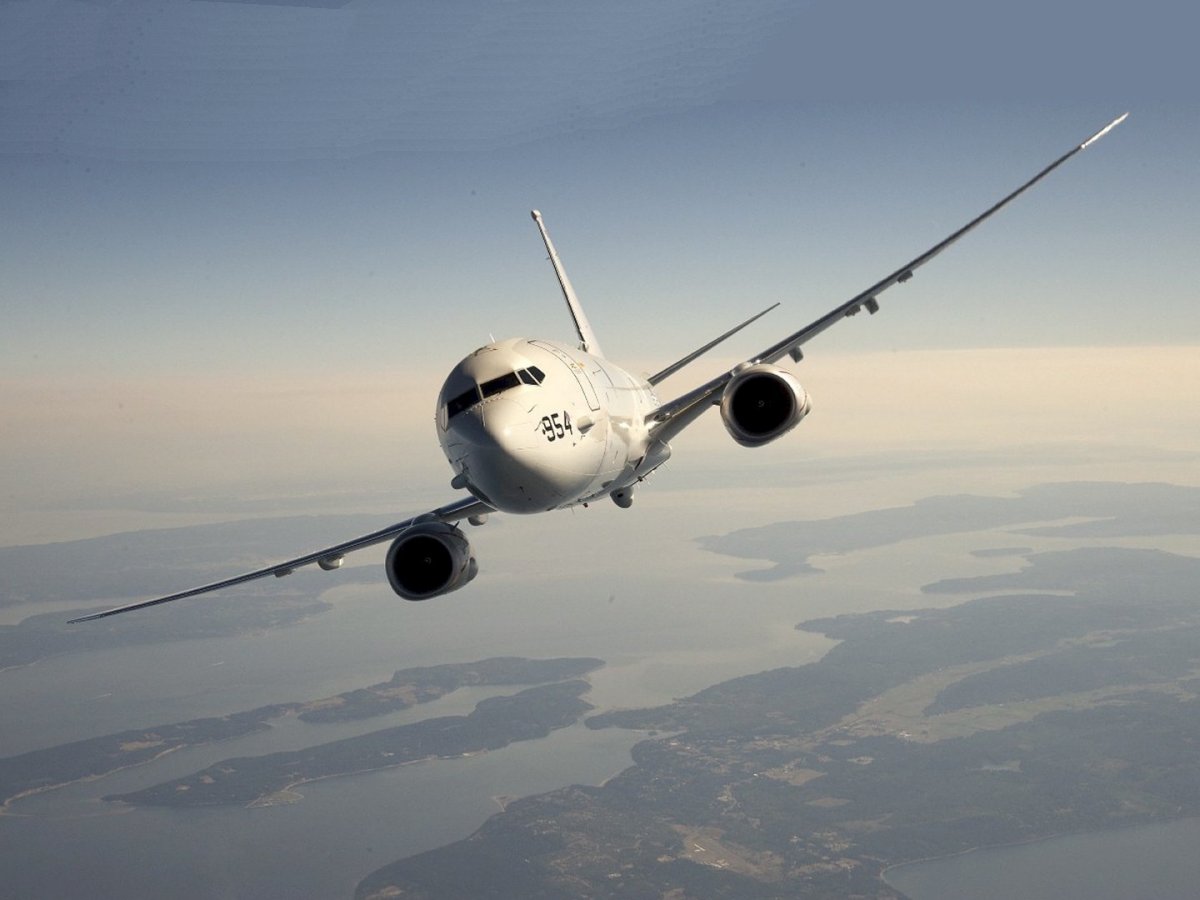 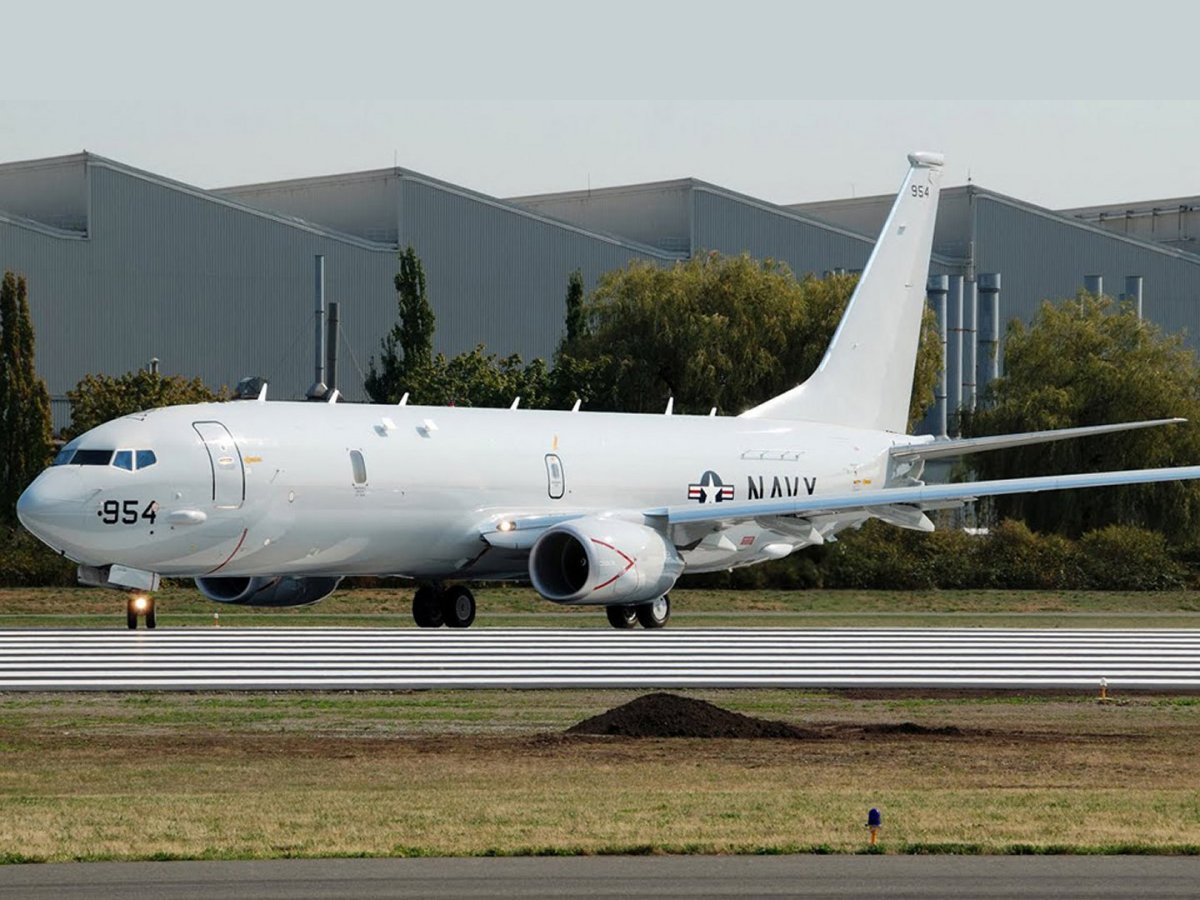 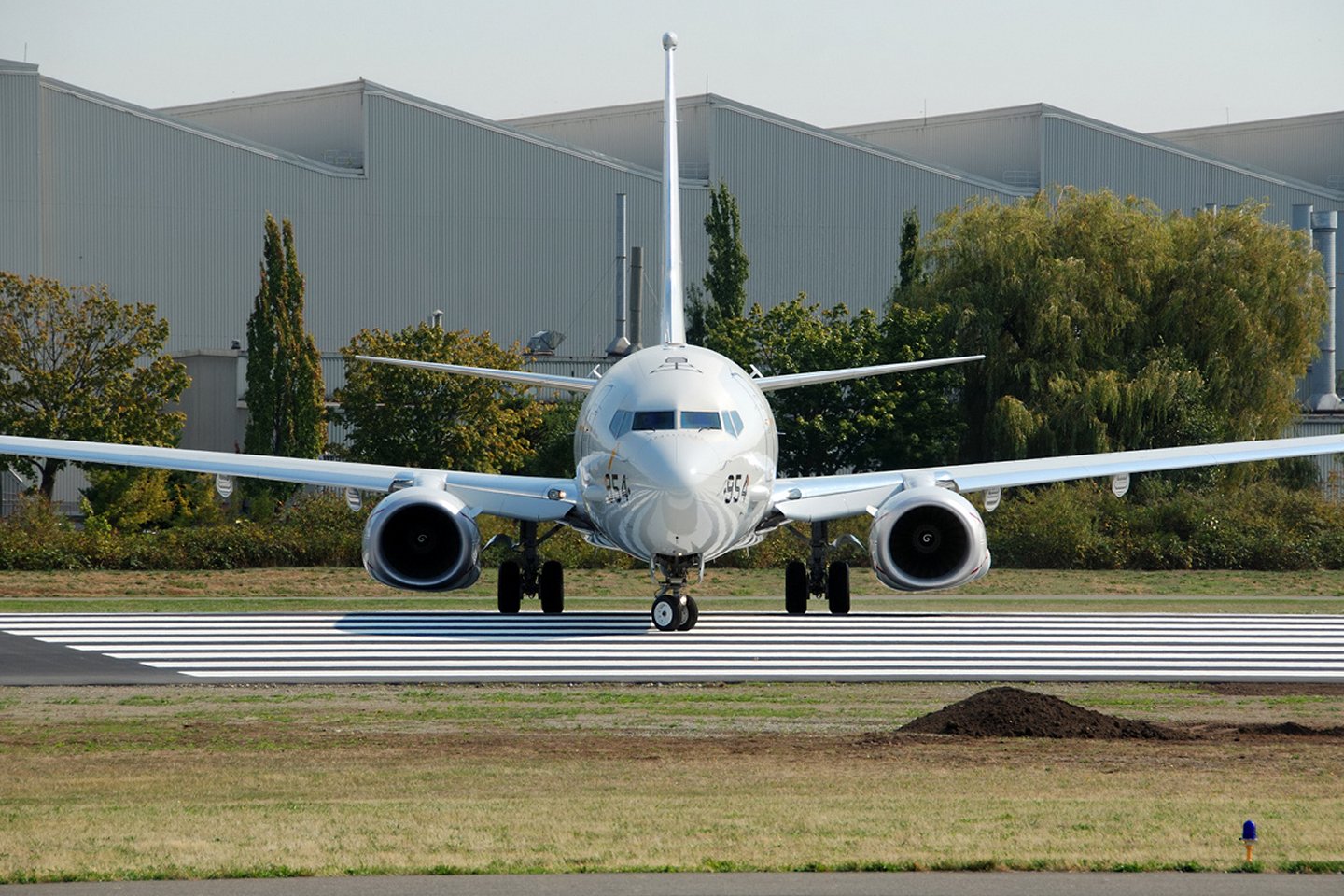  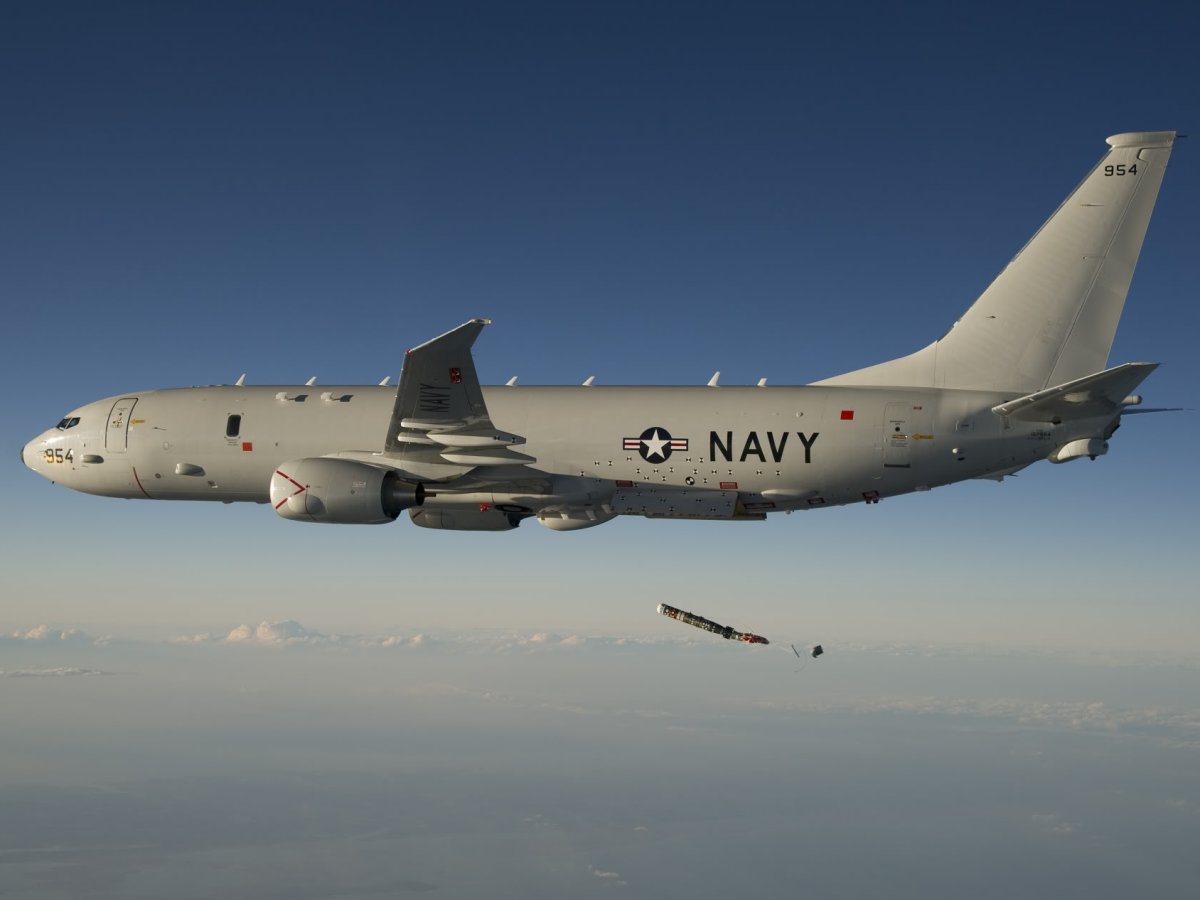 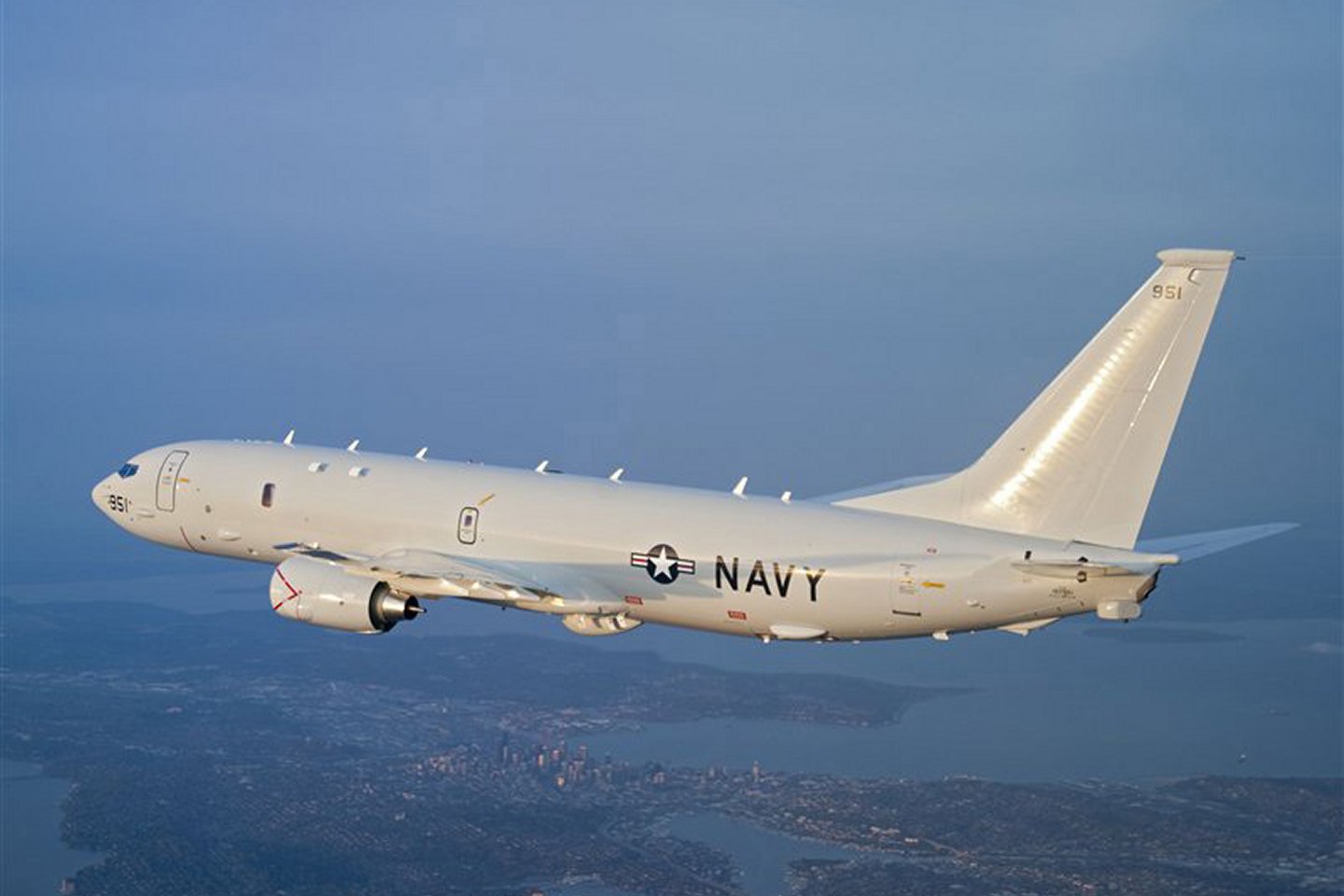 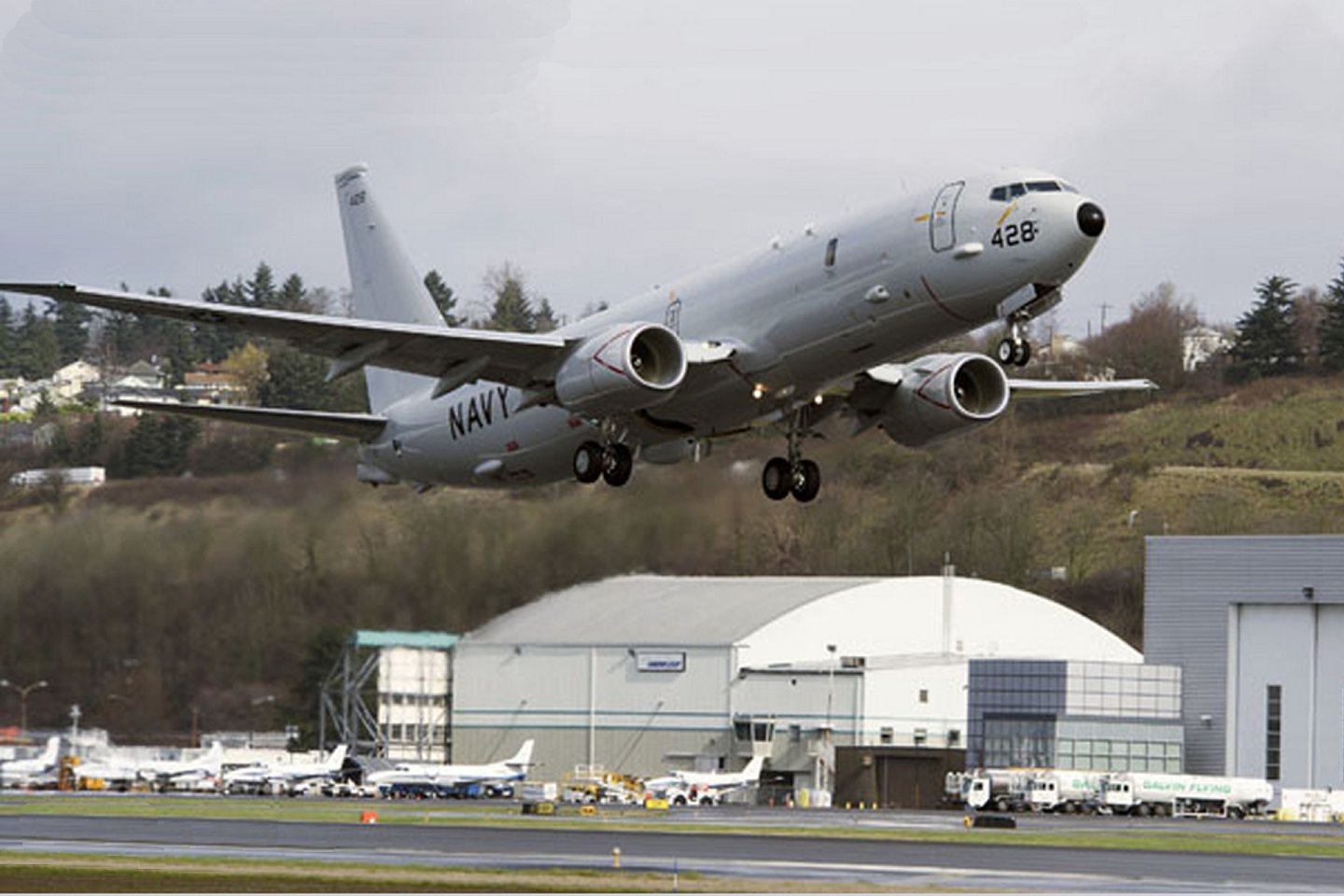  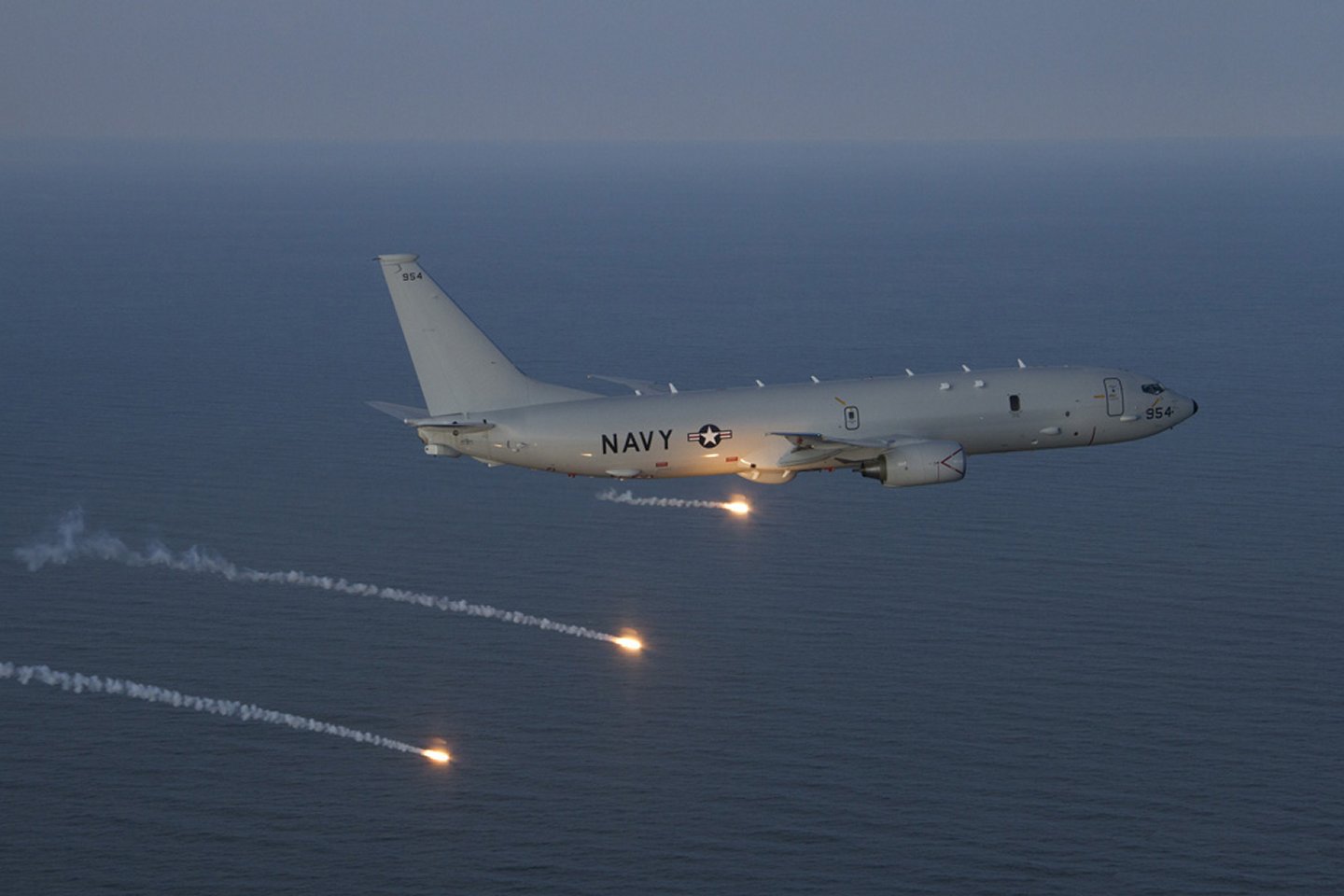 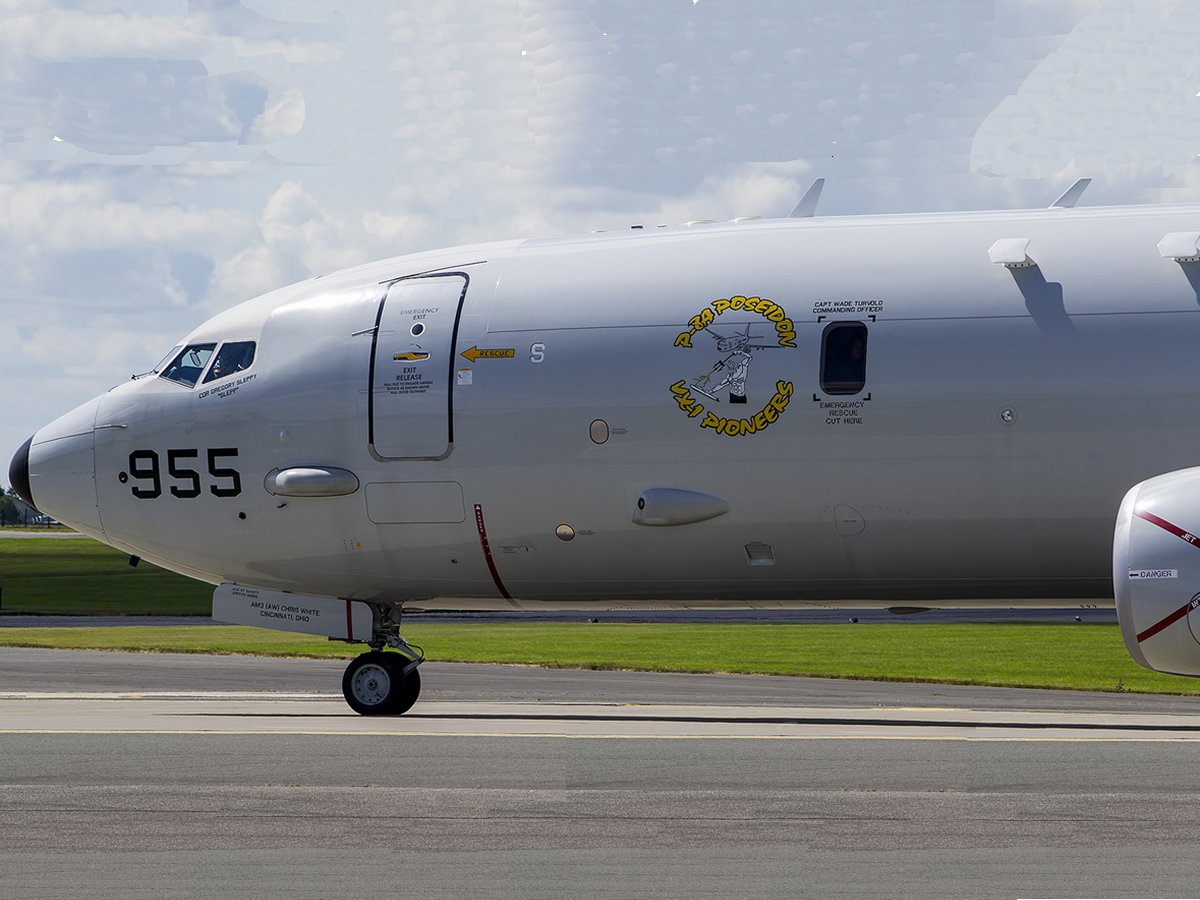  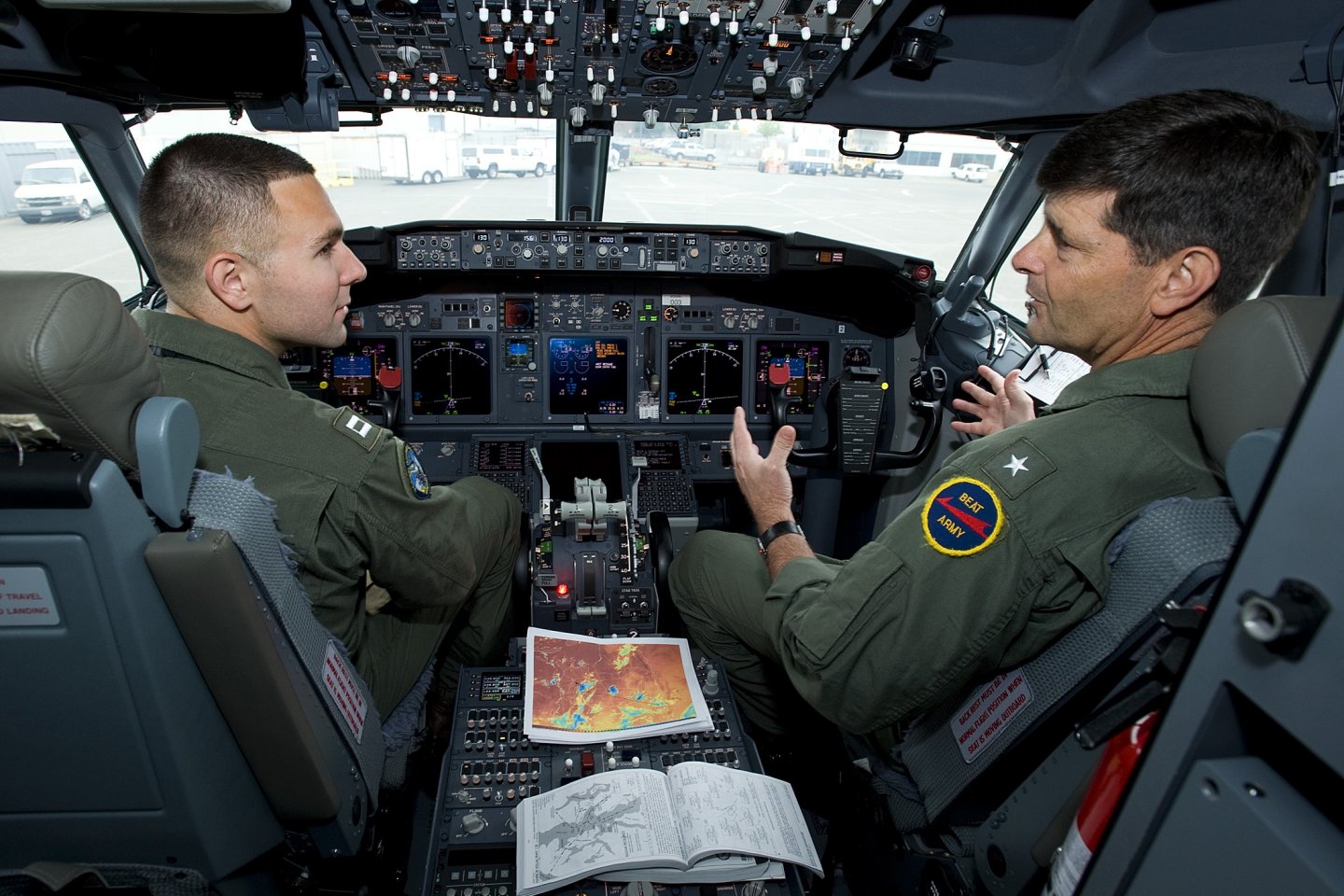     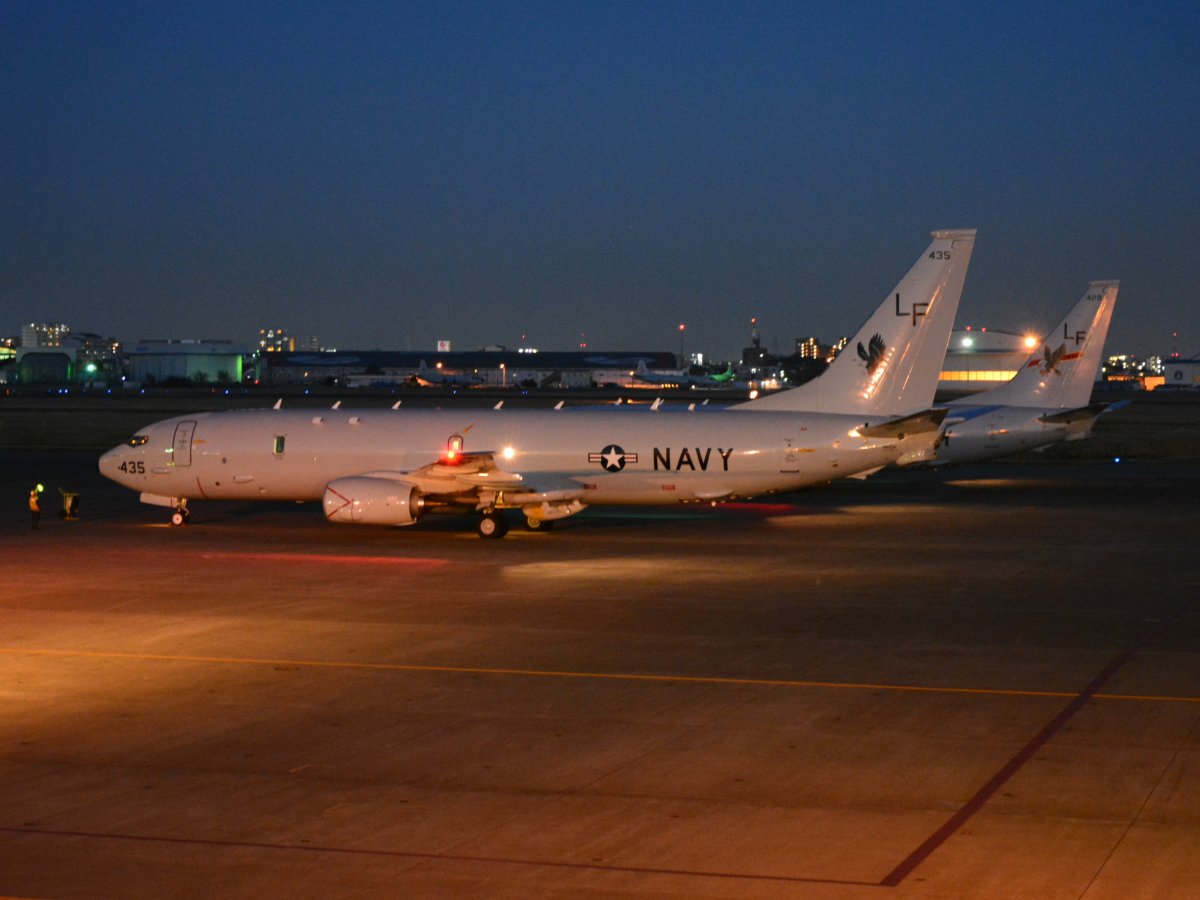 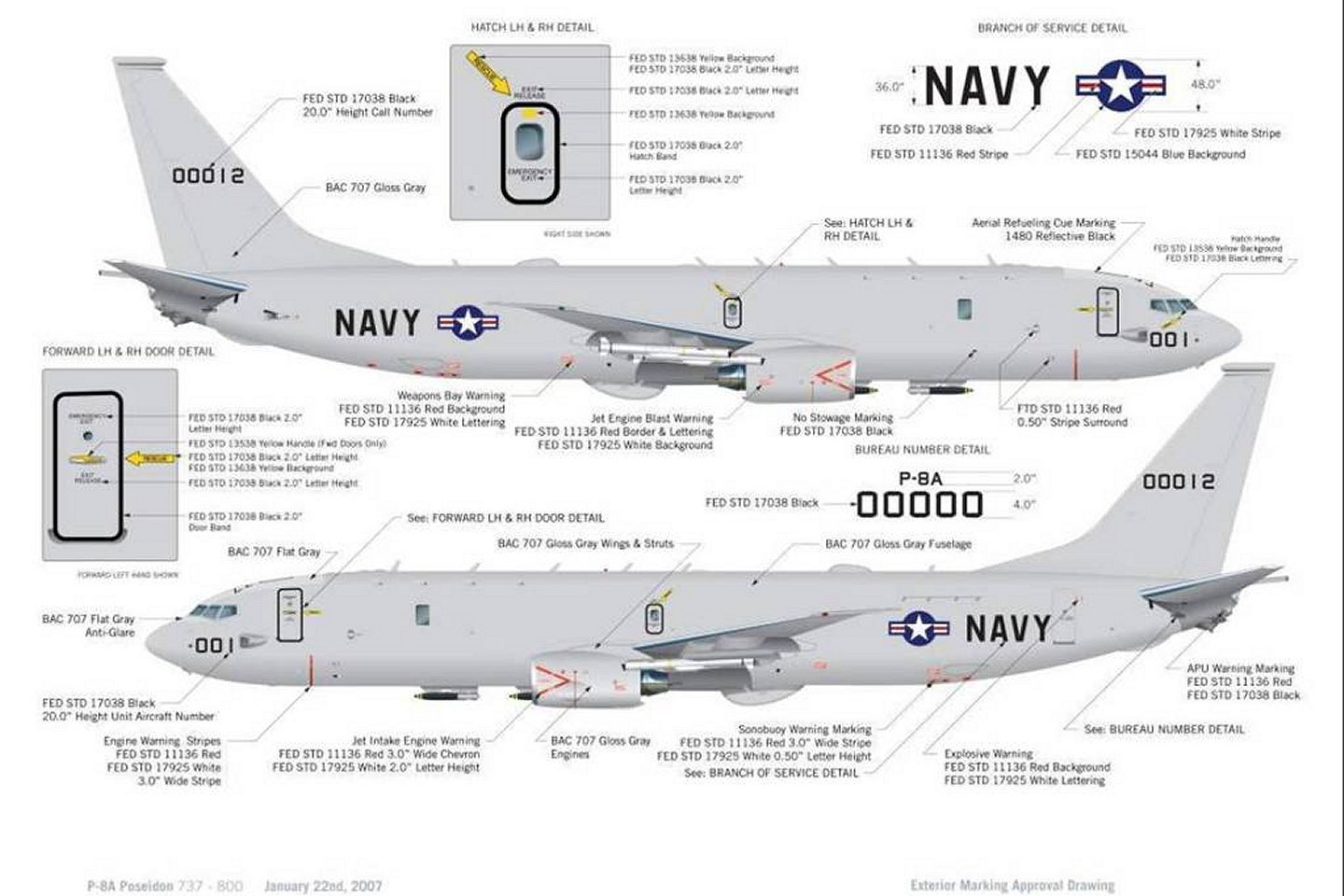 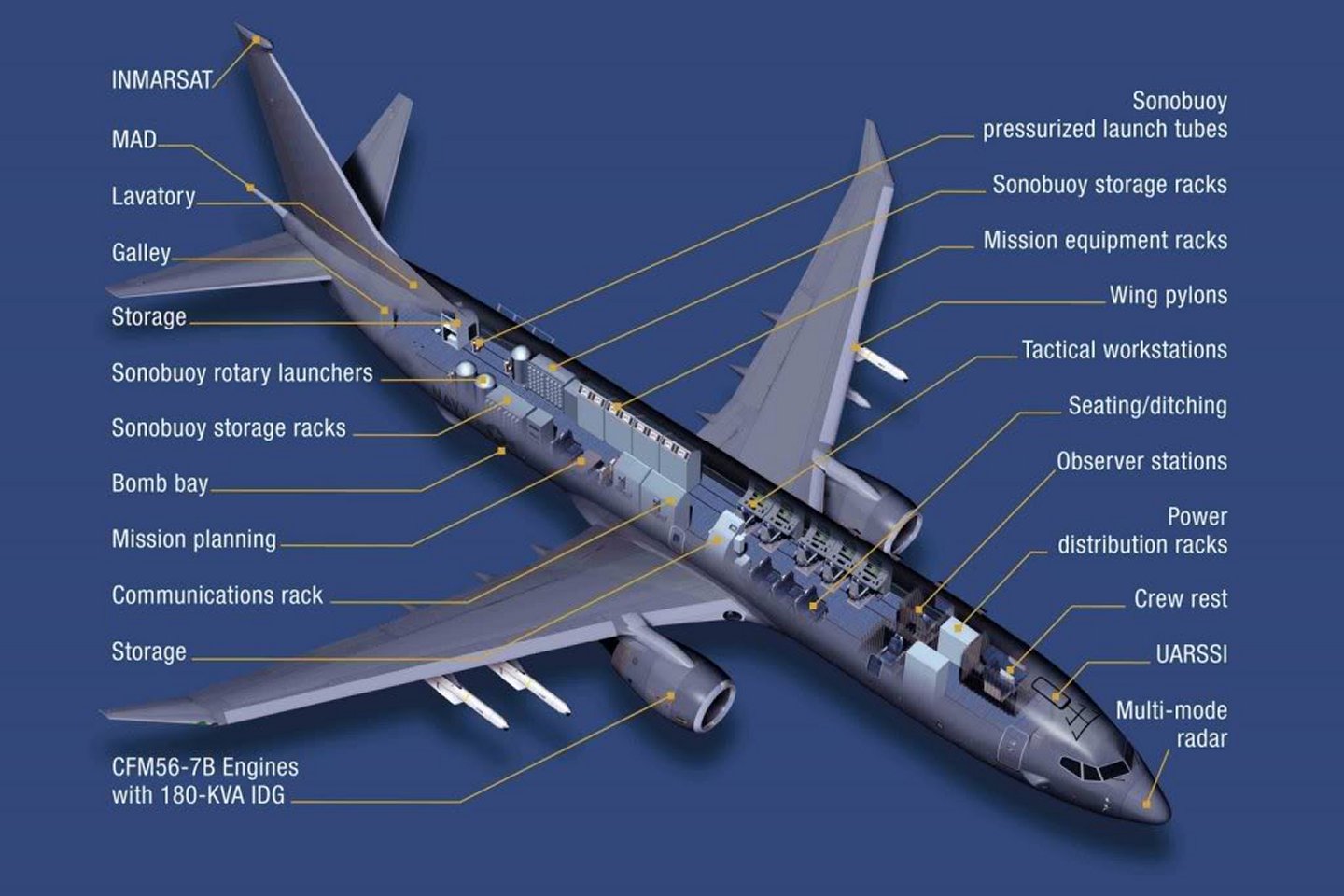 Indian Navy P-8I Neptune Aircraft:  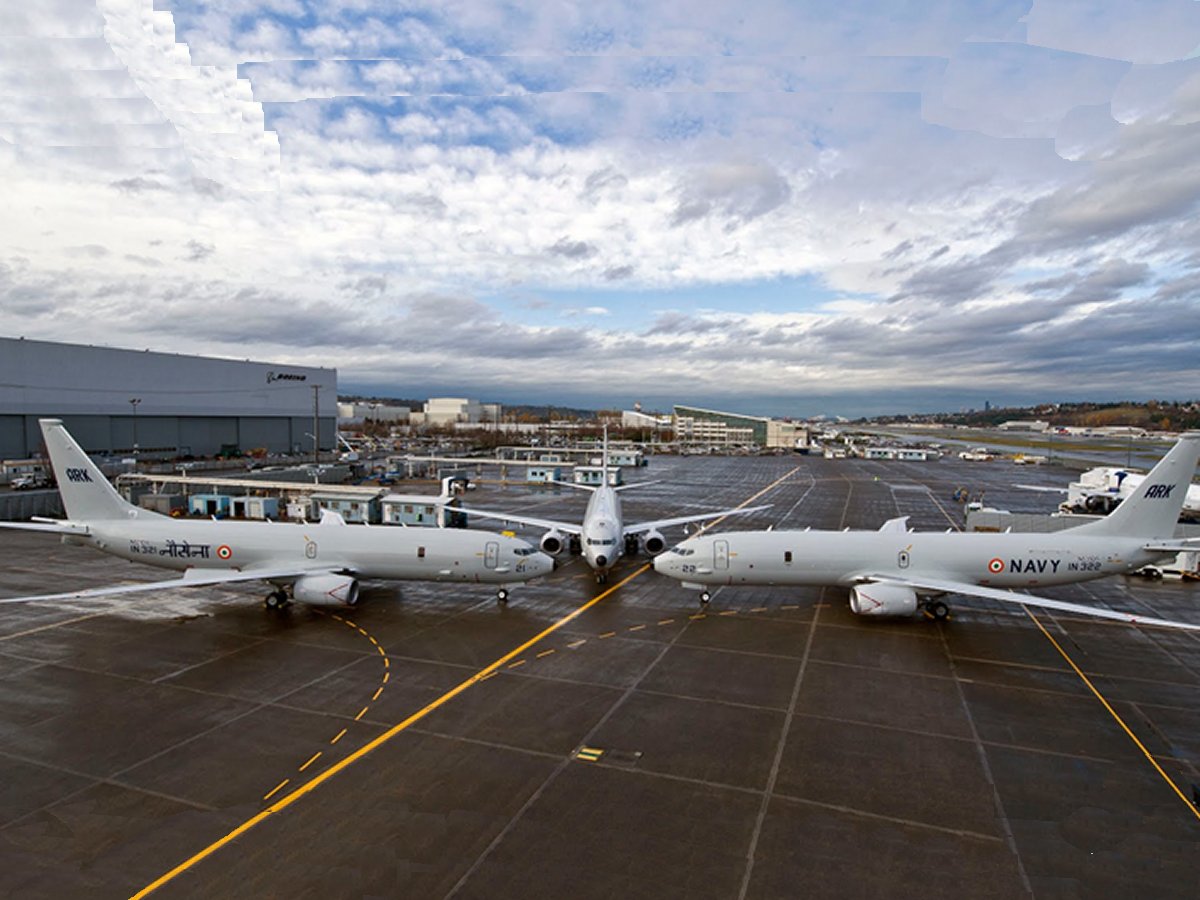  |
World-wide Aircraft Carriers - AEGIS Vessels of the World - The Rising Sea Dragon in Asia - ROCN vs PLAN - 25 Favorite US Navy Pics | ||||
|
Jeff Head is a member of the US Naval Insitute who has many years experience in the power, defense, and computer industries. He currently works for the federal government helping maintain regional infrastructure. He is the author of a self-published military techno-thriller called, "Dragon's Fury," that projects a fictional third world war arising out of current events. Learn more about that series by clicking on the picture of the novel cover below:
 DRAGON'S FURY-World War against America and the West |
||||
 |
View Guestbook |
Sign Guestbook |
 |
|
JEFFHEAD.COM Hit Counter
Jeff Head Military Sites Hit Counter